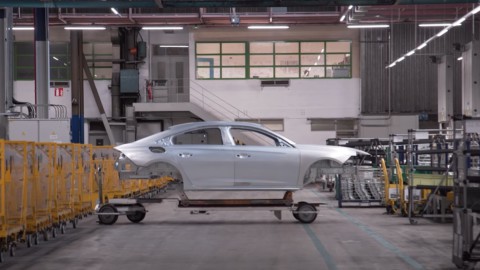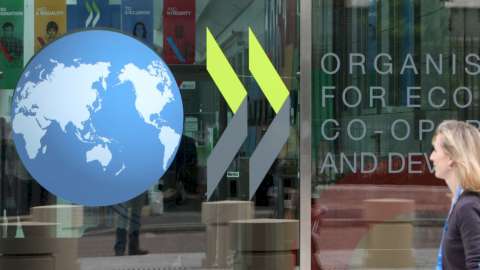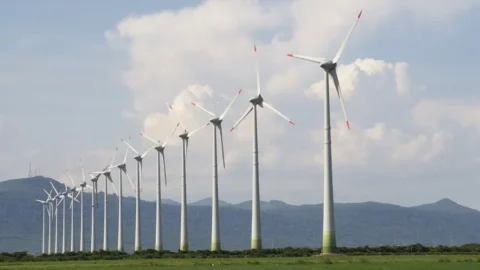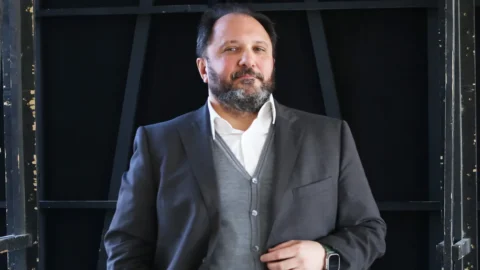2022 is a bad year for the Italian car market and 2023 promises little more, but Italy can draw on a rich tradition, solid image and excellent name that can be a driving force for the future. This is what emerges from the data and market prospects of the sector ofUnrae presented during the end-of-year conference at the Free International University of Social Studies, Luiss Guido Carli in Rome.
According to the association, in the last three years the market has lost 1.612.000 cars compared to 2019, the pre-pandemic year, and in parallel the state coffers have lost 7,85 billion euros in VAT revenue alone. Meanwhile the energy transition has already stalled: in the 11 months of 2022 Italy, among the 5 major European markets, is in last place in the diffusion of electric cars and plug-in hybrids with a share of 8,8%, very far from Germany (38,2 %), the United Kingdom (21,4%) and France (21,2%) and overtaken by Spain (9,5%). On the other hand, it is in first place for HEV hybrids with a share of 34%.
Furthermore, in Italy the vehicle fleet has an average age of 12,2 years, against 8,7 years in the United Kingdom, 10,1 years in Germany and 11 years in France and 25,4% of the total still consists from pre-Euro 4 cars (a good 9.916.000): "With a market at such depressed levels - declared the general manager of Unrae Andrew Cardinals – it would take 30 years to replace the entire national park”. An old, unsafe and polluting fleet also for industrial vehicles (average age 14,5 years), commercial vehicles (14 years), buses (12,5 years), trailers and semi-trailers (17 years).
Cardinali then underlined how the health of the Italian car market in 2022 is to the detriment not only of consumers who are suffering from a problem of supply, as well as demand, but also of the exchequer. “This year we are estimating a closure with 1,3 million registrations, numbers from the 70s, numbers that are not sustainable in the long term, lower than those of 2020, the year of the lockdown. Problems not related to demand but to supply and it is also very difficult to make long-term forecasts”. Cardinali recalled that with the collapse in sales "even the treasury is losing out: 8 billion in VAT alone with a collapse in tax revenues that the State should urgently deal with".
Italian car market: 2023 more promising but not enough
The "good" news is that a small recovery is expected for 2023: according to Unrae it should close at 1,4 million units, up 7,7%. “In 2023 the share of electric models ed plug-in hybrids it will grow further, even if in 2022 pure electrics will drop from 4,6% in 2021 to 4%”, Cardinali explained. In 2023, therefore, the market share of plug-in hybrids will reach 6,8%, while pure electrics should represent 6%. The expected increases for mild and full hybrids are stronger, for which a market share is expected to go from 29% in 2021 to 34% in 2022 and, subsequently, to 36,6% in 2023. While petrol e Diesel could close 2023 at 25,4% and 16,7% respectively.
"The automotive market in Italy is in serious pain due to the global and European economic situation, but also due to an unclear and uncoordinated strategy towards sustainable transition by the central and local Italian institutions", concluded the director general of the 'Unrae.
Unrae: Here's how the industry can get back to health
However, Unrae keeps the point on what, according to the association, are the requirements essential for the sector to return to health: in line with the principle of technological neutrality, the association requests to maintain and enhance the incentives for the purchase of low environmental impact car; develop an infrastructure policy for the electric charging and refueling a hydrogen, as well as reviewing the tax system of the automotive sector, in particular through a review of VAT deductibility and the deductibility of costs based on CO2 emissions for company cars. Finally, plan one industrial conversion of the automotive and components supply chain to restore our country to being a reference at European level as well as to provide for further interventions to support the transport of goods and collective transport of people.
All proposals that the president of the association Michael Crisci highlights in the open letter to the Prime Minister Giorgia Meloni.
Crisci (Unrae) to Meloni: "We need a clear direction for new technologies"
To make the Government aware of the delicate period that the sector is going through, Michele Cresci highlights how "the now definitive introduction of new engine technologies that greatly reduce the environmental impact, of technologies related to electronics, digital, artificial intelligence , are profoundly challenging Italy's ability to keep up. The sacrosanct environmental targets dictated by Europe impose a rapid and efficient industrial reconversion, based on these new technologies and not on the defense of the past”.
Crisci then underlines that the question is also closely linked to the world of components: “Over 60% of the turnover of Italian companies is generated by the foreign companies that Unrae represents. I ask you what will happen to our Italian companies when their foreign customers, as is happening, will quickly focus on the need only for these new technologies? How will Italian component companies be able to respond to this challenge in order to maintain that 60% of turnover, without which it is easy to predict their closure and the loss of thousands of jobs? Defending the past does not mean protecting Italy from 'foreign invaders' as someone keeps saying around. Rather, alas, it means consigning our companies to a future without a future”.
How to speed up this conversion?
“Giving clear directions to the market (operators and customers, both companies and consumers) on the acceptance of new technologies. Because only a healthy market – and the Italian one hasn't been so for some time – can represent an interesting area in which to invest, both for our companies and for foreign ones. Yes, because what we are witnessing in Italy is a series of measures that are not very pragmatic, almost superficial or which often remain incomplete and ineffective, although it is not clear what ultimate social purpose".
Crisci also refers to the incentives based on CO2 classes, "which were first well thought out on a three-year basis and then were ruined by meaningless limitations, such as price thresholds or the exclusion of companies, which in fact have completely sterilized the effectiveness. But I am also and above all referring to the now chronic absence of an automotive tax review, for company cars and more”.
Crisci: "Investing in infrastructure is a great opportunity"
Furthermore, “Italy must be able to count on charging infrastructure able to convince the Italians of which choice to make, with powerful recharging systems, widespread throughout the Italian territory, on all the motorways and the most busy roads. Today for electrification, tomorrow or maybe sooner for hydrogen. Investing in infrastructure will be a great opportunity for Italian companies, exactly the ones we want to defend”.
A transition in which the electrified cars they will have an important task: "The cars linked to the pre-Euro 5 homologation cycles (4,3,2,1) must be gradually but quickly replaced, helping those who are not able to do so with slides towards hybrids or small new and/or used internal combustion engines of the latest generation, very virtuosic compared to the cars they drive, which instead must be scrapped without fail. We cannot think or even expect electric or hydrogen to be the solution in this specific case because the law of supply and demand and the relative costs would not allow it”.





